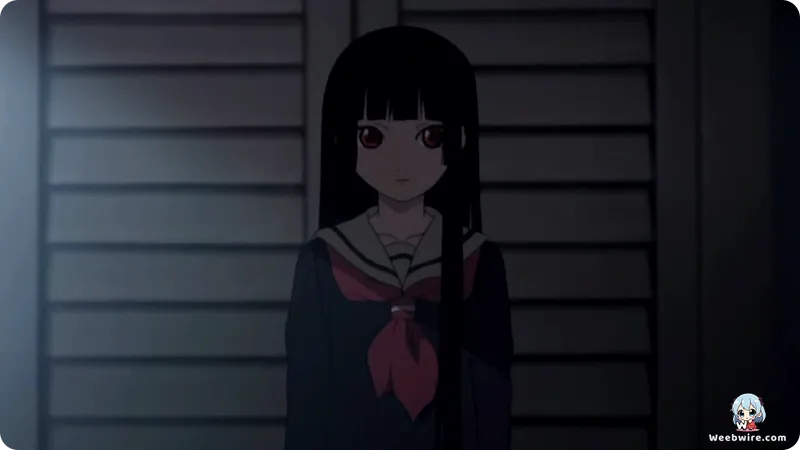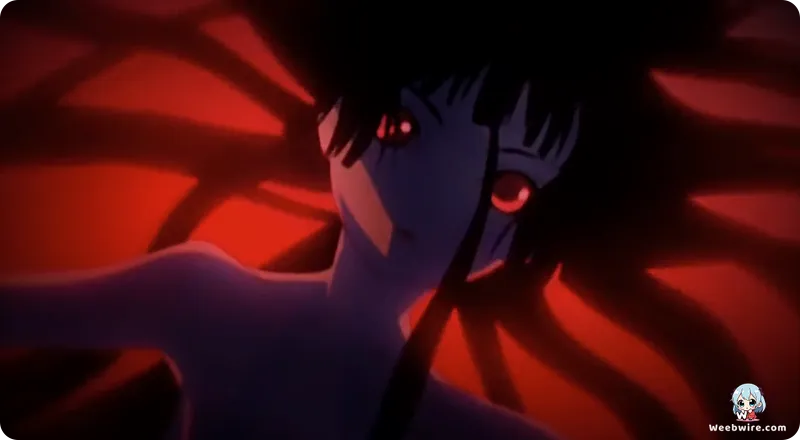Jigoku Shoujo Revealed: The Untold Stories and Deep Symbolism of 'Hell Girl's' Enduring Horror

Since its chilling 2005 debut, Hell Girl (Jigoku Shoujo) has firmly established itself in the anime landscape as a masterclass in psychological horror. Produced by Aniplex, this series transcends a simple tale of supernatural vengeance, drawing audiences into the darkest corners of human despair with unsettling elegance. While its grim premise offering retribution at the cost of eternal damnation is widely known, the series' enduring appeal stems from its profound questions and surprising facets that many viewers may overlook.
An Original Anime Masterpiece
A significant revelation for many is that Hell Girl is an original anime, a rare achievement in an industry often driven by manga adaptations. Conceived by Hiroshi Watanabe, the anime premiered first, with subsequent manga and novelizations emerging due to its immense popularity. This unique creative genesis allowed unparalleled freedom in narrative and visual direction, leading to its distinctive episodic structure. Each installment introduces a new client and tormentor, offering poignant glimpses into human suffering and malice, and exploring a vast array of social issues and moral quandaries within self-contained tragedies.
The Tragic Pasts of Ai Enma's Assistants
Beyond Ai Enma, her enigmatic assistants Wanyuudo, Ichimokuren, and Hone Onna are more than mere supernatural aides. A compelling, often missed detail is that each carries their own tragic backstory, unveiled incrementally throughout the series. Wanyuudo, the stoic driver, was a betrayed boat spirit. Ichimokuren, the all-seeing eye, originated as a tsukumogami from a cursed katana. Hone Onna, the alluring spy, was a human geisha betrayed and murdered. These personal histories add deep pathos, explaining their quiet commitment to Ai's grim work and their profound understanding of human suffering.

Symbolism and the Web of Fate
The series is also rich with symbolism, particularly the pervasive motif of the spider. While associated with Ai, the spider fundamentally represents the Master of Hell, symbolizing fate, entrapment, and the intricate web of human actions and their consequences. The iconic red strings on the straw doll are equally significant, representing the irreversible contract and the severing of the client's afterlife a stark reminder of vengeance's ultimate price.
The Unflinching Gaze of Moral Ambiguity
Finally, Hell Girl excels in its moral ambiguity. Unlike many revenge narratives, it consistently blurs the lines between good and evil. Seldom are targets purely villainous or clients purely virtuous. The series unflinchingly presents vengeance with its immutable consequence: eternal damnation. This profound psychological study explores the true cost of revenge, the cyclical nature of hatred, and the elusive nature of justice, solidifying its place as a standout in anime horror and psychological drama.
Credits
Hell Girl
Author
Hiroshi Watanabe
Cover Art
Takahiro Kagami
Studio
Aniplex
Publisher
Aniplex
Producers





